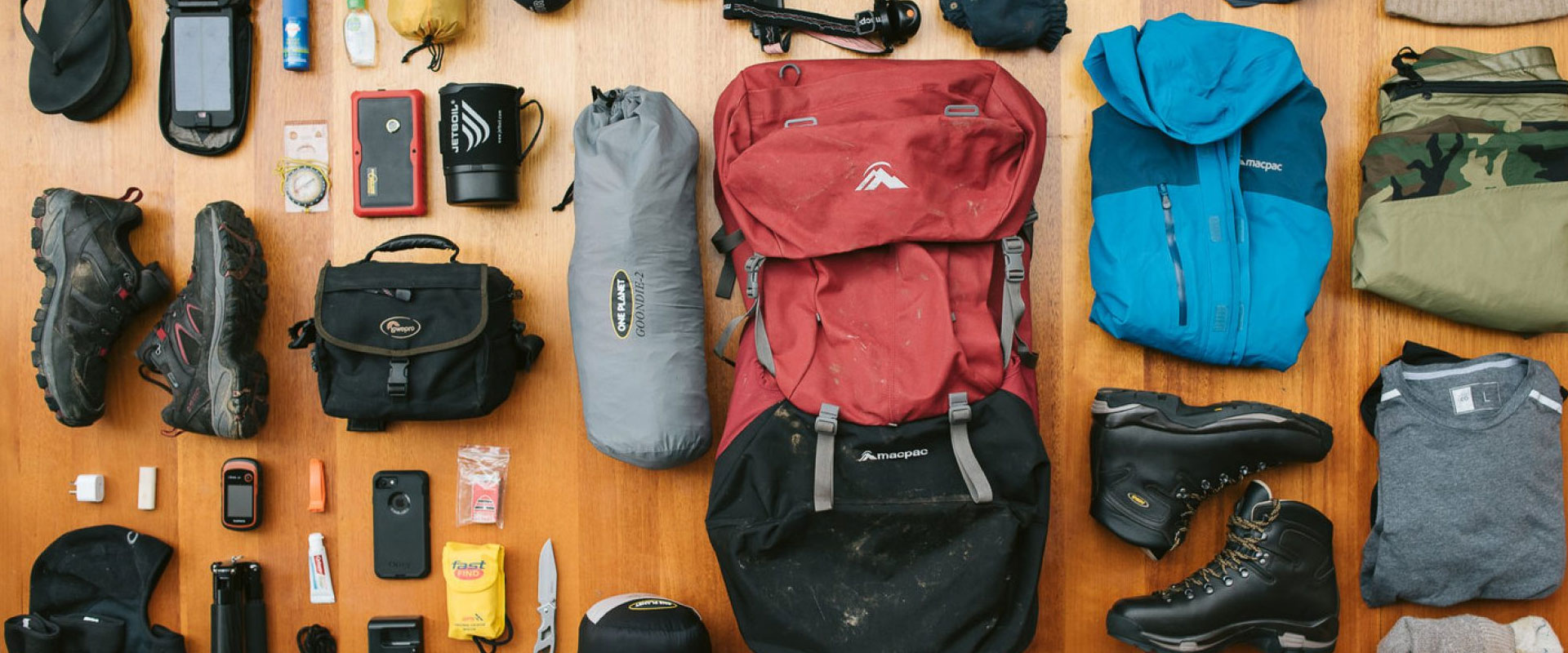Mount Kilimanjaro Packing List

Packing for a Kilimanjaro trek requires careful consideration due to the varying climates and terrains you’ll encounter. Here’s a comprehensive packing list:
Clothing:
- Base Layers:
- Moisture-wicking tops and bottoms (avoid cotton)
- Insulation:
- Fleece jacket or pullover
- Insulated jacket or down vest
- Outer Layers:
- Waterproof and windproof jacket with hood
- Waterproof and windproof pants
- Headwear:
- Warm hat or beanie
- Sunhat with wide brim
- Neck gaiter or scarf
- Handwear:
- Lightweight gloves for lower elevations
- Insulated waterproof gloves for higher elevations
- Footwear:
- Sturdy hiking boots (well broken in)
- Camp shoes (e.g., sandals or lightweight sneakers)
- Wool or synthetic socks (bring extra pairs)
- Miscellaneous:
- Undergarments
- Swimwear (for some hotels/accommodations)
- Bandanas or buffs
Gear:
- Backpack:
- Daypack for daily essentials
- Larger pack for porters to carry your gear (if applicable)
- Sleeping Gear:
- Sleeping bag suitable for sub-zero temperatures
- Sleeping pad or mat for insulation and comfort
- Trekking Poles:
- Adjustable trekking poles for stability and support
- Headlamp or Flashlight:
- With extra batteries
- Reusable Water Bottles or Hydration System:
- Insulated bottles to prevent freezing at higher altitudes
- Sunglasses:
- UV protection with side shields
- Personal Items:
- Toiletries (biodegradable whenever possible)
- Sunscreen (high SPF)
- Lip balm with SPF
- Personal medication (antibiotics, altitude sickness medication, etc.)
- Wet wipes or hand sanitizer
- Quick-dry towel
- Personal hygiene items (e.g., menstrual products)
- Insect repellent
- Documentation:
- Passport
- Visa (if required)
- Travel insurance
- Vaccination certificates (e.g., yellow fever)
- Entertainment:
- Book, journal, or cards for downtime
- Miscellaneous:
- Ziplock bags (for waterproofing)
- Duct tape or repair kit
- Camera or smartphone for photos
- Portable charger/power bank
Optional Gear:
- Portable altitude chamber (especially if prone to altitude sickness)
- Portable oxygen canisters (consult with your guide or doctor)
- Snacks (energy bars, nuts, etc.)
- Trekking umbrella or rain poncho
- Gaiters (for keeping debris out of boots)
- Binoculars for wildlife viewing
Note:
- Ensure all gear is lightweight and compact.
- Dressing in layers allows you to adjust to changing temperatures.
- Renting certain gear locally might be an option to reduce baggage.
- Please Contact us for any specific gear recommendations.

